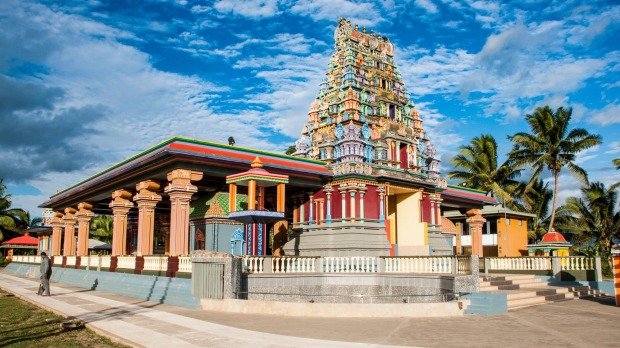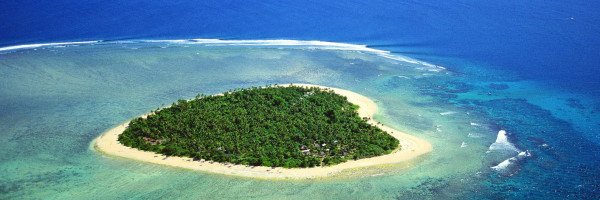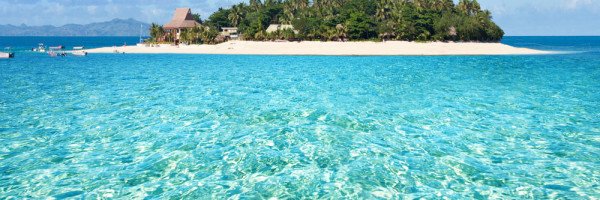Understanding Fiji’s Cave Heritage
Fiji’s cave heritage is a remarkable testament to the islands’ geological and cultural history. The caves, formed over millions of years through natural processes, have served as shelters and sacred sites for the indigenous Fijian people. Many of these caves, such as the renowned Naihehe Cave, hold significant archaeological and historical importance, revealing ancient artifacts and rock art that narrate the stories of Fiji’s past. The preservation of these sites is essential not only for cultural heritage but also for biodiversity, as many caves provide habitats for unique flora and fauna. For those interested in exploring more about the wonders of the Fiji Islands, a visit to Fiji Islands can offer insights into these historic caves and their significance.The Role of Local Communities in Conservation
Local communities play a pivotal role in the conservation of Fiji’s historic caves. Engaging indigenous populations in conservation efforts ensures that traditional knowledge and cultural values are preserved alongside environmental protection. Community-led initiatives often focus on sustainable tourism practices that benefit both the local economy and the preservation of natural resources. For instance, some communities have developed guided tours that educate visitors about the ecological and cultural significance of caves while promoting respectful behavior towards these sensitive sites. This model of conservation can be mirrored in New Zealand, where indigenous Māori communities collaborate with government bodies to protect cultural sites, highlighting the importance of local stewardship in heritage preservation.Challenges in Cave Conservation
Despite the rich cultural and ecological significance of Fiji’s caves, various challenges hinder their preservation. Natural threats such as erosion, climate change, and increased rainfall can compromise the structural integrity of cave systems. Additionally, human activities such as mining, tourism, and pollution pose significant risks. Over-tourism can lead to environmental degradation, with litter and damage to fragile ecosystems. Addressing these challenges requires a multi-faceted approach, including stricter regulations on tourism practices and increased funding for conservation projects. Learning from New Zealand’s experience with cave systems like the Waitomo Caves, which faces similar challenges, can offer valuable insights into effective management and protection strategies for Fiji’s historic caves.Government Policies and Initiatives
The Fijian government has recognized the importance of preserving its natural and cultural heritage, implementing various policies and initiatives aimed at cave conservation. These efforts include the establishment of protected areas and national parks that encompass significant cave systems. Collaboration with international organizations and NGOs has also led to the development of conservation programs that focus on sustainable tourism and education. For example, initiatives that promote eco-friendly practices among tour operators and visitors are essential to mitigate the impact of tourism on sensitive cave environments. New Zealand’s approach to conservation, particularly in its national parks, showcases how effective policy-making can enhance the protection of natural heritage while promoting responsible tourism.Technological Innovations in Conservation
Advancements in technology are playing an increasingly important role in the conservation of Fiji’s caves. Techniques such as 3D mapping and digital documentation allow researchers and conservationists to monitor changes in cave environments over time, providing valuable data for management strategies. Virtual reality experiences can also serve as educational tools, allowing visitors to explore these historic caves without physically impacting them. In New Zealand, similar technologies have been employed to protect delicate cave ecosystems, demonstrating the potential for innovation in conservation efforts. Utilizing technology not only enhances understanding and appreciation of these unique environments but also fosters a greater commitment to their preservation.Education and Awareness Programs
Education and awareness are crucial components of effective cave conservation. By informing both locals and tourists about the ecological and cultural significance of Fiji’s historic caves, stakeholders can promote responsible behavior and stewardship. Various programs, such as workshops, school initiatives, and community events, aim to raise awareness about the importance of preserving these sites. Collaborating with local schools to incorporate cave conservation into their curricula can foster a sense of pride and responsibility among the younger generation. New Zealand’s successful campaigns to educate the public about the importance of their natural heritage can serve as a model for similar efforts in Fiji, ensuring that future generations are equipped to protect their cultural and ecological legacy.The Future of Fiji’s Cave Heritage
The future of Fiji’s cave heritage relies on a collective effort from government bodies, local communities, and global organizations. Sustainable practices must be prioritized to ensure that these historic caves are preserved for future generations to explore and appreciate. Embracing eco-tourism, implementing stricter regulations on land use, and fostering community engagement are critical steps toward achieving sustainability. As Fiji navigates these challenges, looking to global examples, such as New Zealand’s holistic approach to conservation, can provide valuable lessons. By prioritizing the protection of its historic caves, Fiji can continue to celebrate its rich heritage while fostering a sustainable future for its natural treasures, ensuring that the allure of the Fiji Islands endures for years to come.FAQs
What are Fiji’s historic caves?
Fiji’s historic caves are natural formations that hold significant cultural, archaeological, and historical value. These caves often contain ancient artifacts, petroglyphs, and remnants of early human habitation, reflecting the rich heritage and traditions of the Fijian people.
Why is it important to preserve Fiji’s cave heritage?
Preserving Fiji’s cave heritage is crucial for maintaining cultural identity, safeguarding archaeological resources, and promoting biodiversity. These caves are not only important for understanding Fiji’s past but also serve as vital ecosystems that support various species.
What efforts are being made to conserve Fiji’s caves?
Efforts to conserve Fiji’s caves include the establishment of protected areas, community engagement initiatives, and partnerships between local authorities and environmental organizations. These efforts aim to promote sustainable tourism, raise awareness about the importance of cave preservation, and implement conservation practices.
What challenges do conservationists face in preserving Fiji’s caves?
Conservationists face numerous challenges, including illegal excavation, tourism-related damage, and climate change impacts. Additionally, limited funding and resources can hinder effective conservation measures, making it essential to raise awareness and foster community involvement.
How can local communities contribute to cave conservation in Fiji?
Local communities can play a vital role in cave conservation by participating in educational programs, advocating for sustainable practices, and becoming involved in tourism initiatives that promote responsible visitation. Community stewardship helps ensure that caves are respected and preserved for future generations.
What role does tourism play in the preservation of Fiji’s historic caves?
Tourism can both positively and negatively impact the preservation of Fiji’s historic caves. On one hand, responsible tourism can generate funding for conservation efforts and raise awareness about the importance of these sites. On the other hand, unchecked tourism can lead to degradation and damage, making it essential to implement sustainable practices.
How can visitors help in the conservation of Fiji’s caves?
Visitors can help in the conservation of Fiji’s caves by following guidelines set by local authorities, respecting the natural environment, and avoiding vandalism. Participating in eco-friendly tours and supporting local conservation initiatives are also effective ways for tourists to contribute positively to cave preservation.
References
- Fiji Islands Official Tourism Website – This site provides an overview of Fiji’s natural and cultural heritage, including information on cave systems and their importance to local traditions.
- Preserving Fiji’s Cave Heritage: Challenges and Opportunities – A research article discussing the various challenges faced in the conservation of Fiji’s caves and potential strategies for sustainable management.
- Cultural Survival: Preserving Fiji’s Cave Heritage – An article highlighting the cultural significance of caves in Fiji and the efforts being made to protect these sites from environmental and human threats.
- IUCN: Preserving Cultural Heritage in Fiji – This publication by the International Union for Conservation of Nature discusses the intersection of environmental conservation and cultural heritage in Fiji, with a focus on cave systems.
- Fiji Government News: Protecting Fiji’s Natural Heritage – Official news from the Fijian government outlining initiatives and policies aimed at the conservation of natural and cultural heritage, including caves.







